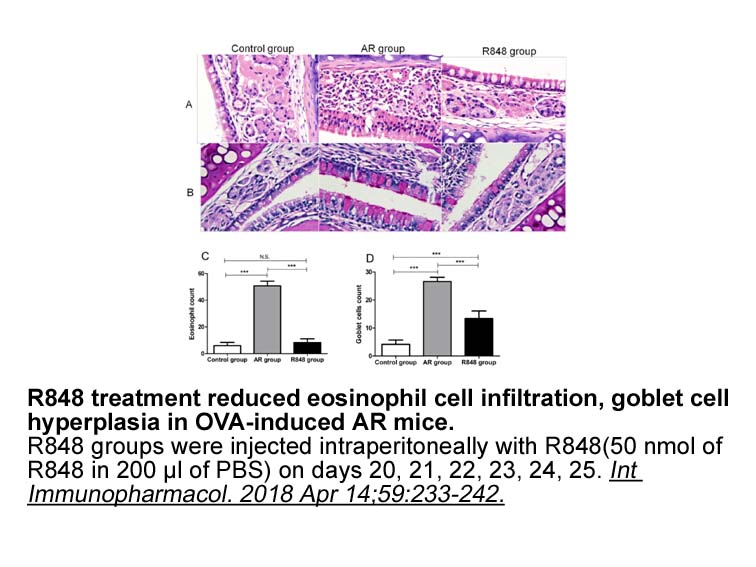Archives
To investigate the potential link between
To investigate the potential link between Gβγ and MT assembly in vivo, cultured NIH3T3 and PC12 cells were used. The role of Gβγ in MT assembly was demonstrated using nocodazole, a MT depolymerizing drug [14]. We found that Gβγ was preferentially bound to MTs in NIH3T3 and PC12 cells and treatment with nocodazole indicated that the dissociation of Gβγ from MTs is an early step in the depolymerization process [14]. When MTs were allowed to recover after the removal of nocodazole, the tubulin-Gβγ interaction was restored in reassembled MTs suggesting that the association of Gβγ with MTs is important for MT assembly and/or stability [14]. More recently, using biochemical and immunofluorescence analysis, it has been demonstrated that Gβγ-MT interactions and modulation of MT assembly is critical for nerve-growth-factor (NGF)-induced neuronal differentiation of PC12 cells [15]. Although, NGF is known to induce neurite outgrowth from PC12 cells by activating the receptor tyrosine kinase, TrkA [16], our study clearly suggests the possible involvement of GPCR since Gβγ is a component of the GPCR pathway.
GPCRs mediate physiological responses to extracellular signaling molecules, such as hormones or neurotransmitters. The GPCR family of proteins is highly diverse; more than 1000 smoothened agonist encoding GPCRs are found in the human genome [17]. GPCRs consist of seven transmembrane domains, connected by three extracellular loops and three intracellular loops. The extracellular region is responsible for agonist binding (neurotransmitters, hormones, and odorants, among others), and the intracellular region is responsible for interacting with heterotrimeric G proteins [[6], [7], [8]]. G-protein heterotrimers are typically classified into four classes: Gs, Gi, GQ and G12-13. Typical effectors of Gα/Gβγ signaling include adenylyl cyclase, phospholipases, ion channels, and several kinases and transcription factors [[6], [7], [8],[18], [19], [20]]. While activation of the β-adrenergic receptor leads to activation of Gαs and in turn, stimulates adenylyl cyclase and subsequent production of cAMP, activation of the α2-adrenergic receptor mediates a decrease in adenylyl cyclase activity and cAMP production through the inhibitory G protein Gαi [7].
Material and methods
Results
Discussion
The results presented here demonstrate that β- and α2-adrenergic receptor activation promotes the association/interaction between Gβγ and tubulin/MTs and stimulates MT assembly in NIH3T3 cells. Because β-adrenergic receptors mediate physiological responses through the activation of Gs proteins and subsequent stimulation of cAMP, and α2-adrenergic receptors activate Gi proteins followed by the inhibition of cAMP [7], the possible involvement of α subunits of G proteins and cAMP/downstream effectors in this process was eliminated. The result indicates that the βγ subunit of G proteins is likely to be involved in this process. This is further supported by the observation that Gβγ promotes MT assembly in vitro and in NIH3T3/PC12 cells [12,14].
The stimulation of tubulin polymerization by both isoproterenol (agonist for β-adrenergic receptors) and UK 14,304 (agonist for α2-adrenergic receptors) was dependent on the level of MT assembly and correlated with the increased association of Gβγ with polymerized tubulin fraction. This is supported by previous results from our laboratory indicating that the association/ interaction of Gβγ with MT is critical for MT assembly. For example, in vitro results indicated that Gβ immunoreactivity was detected exclusively in the MT fraction after assembly in the presence of βγ [12]. Gβγ was found to be consistently associated with MTs both in PC12 and NIH3T3 [14]. Furthermore, depolymerization of MTs by nocodazole correlated with decreased association of Gβγ with MTs in PC12 cells, and the association was restored by the removal of nocodazole and subsequent stimulation of MT assembly [14]. The results suggest that when cells require a robust increase in MT assembly, GPCRs may utilize Gβγ to induce MT formation. The observation that pre-incubation of Gβγ with Gα (reconstituted heterotrimer) blocked the ability of Gβγ to promote MT assembly [13] suggests that G protein activation is required for functional coupling between Gβγ and MTs and the stimulation of MT assembly. The results presented here using GPCR agonists isoproterenol and UK, 14304 confirm this.
interaction of Gβγ with MT is critical for MT assembly. For example, in vitro results indicated that Gβ immunoreactivity was detected exclusively in the MT fraction after assembly in the presence of βγ [12]. Gβγ was found to be consistently associated with MTs both in PC12 and NIH3T3 [14]. Furthermore, depolymerization of MTs by nocodazole correlated with decreased association of Gβγ with MTs in PC12 cells, and the association was restored by the removal of nocodazole and subsequent stimulation of MT assembly [14]. The results suggest that when cells require a robust increase in MT assembly, GPCRs may utilize Gβγ to induce MT formation. The observation that pre-incubation of Gβγ with Gα (reconstituted heterotrimer) blocked the ability of Gβγ to promote MT assembly [13] suggests that G protein activation is required for functional coupling between Gβγ and MTs and the stimulation of MT assembly. The results presented here using GPCR agonists isoproterenol and UK, 14304 confirm this.